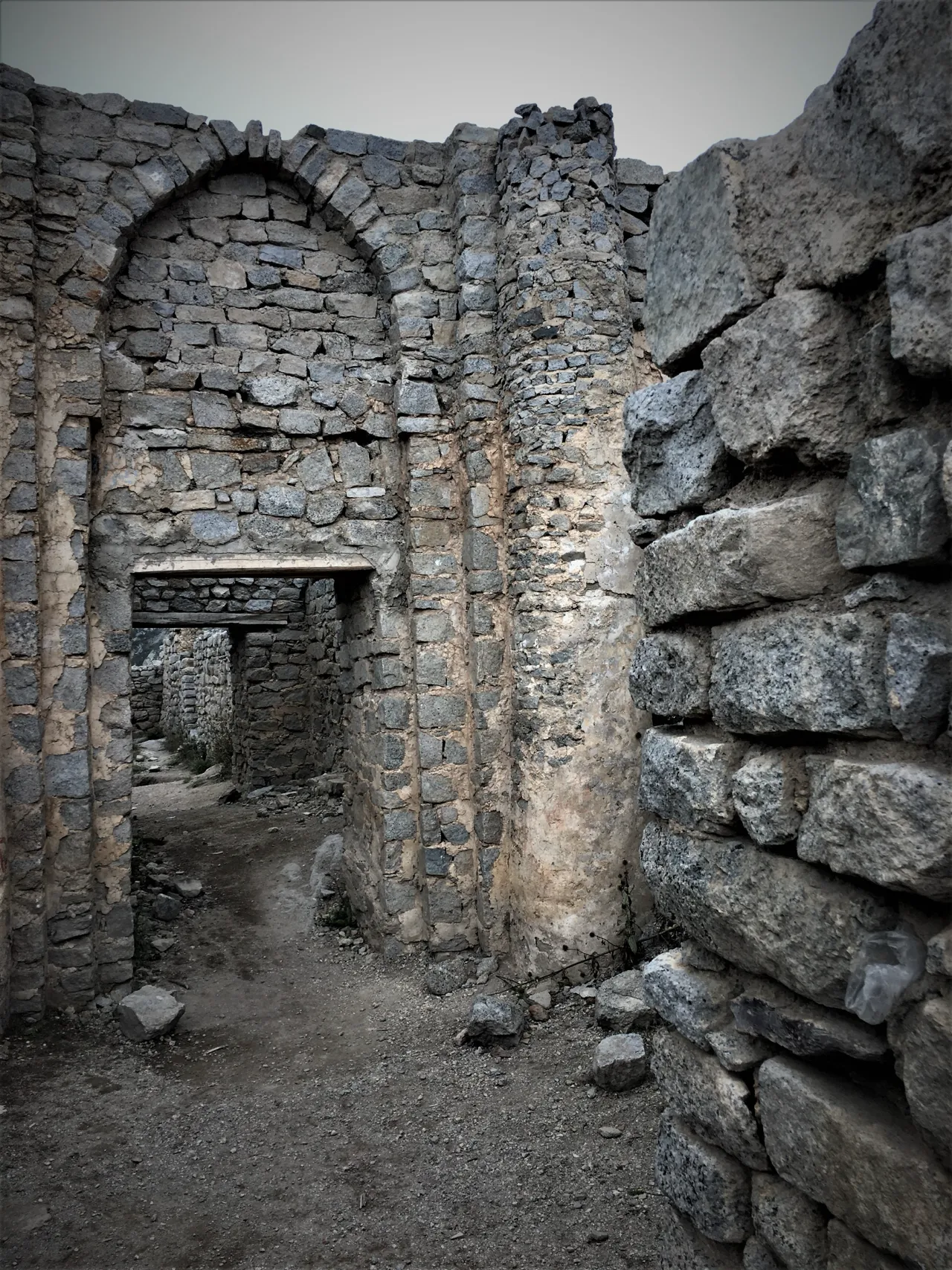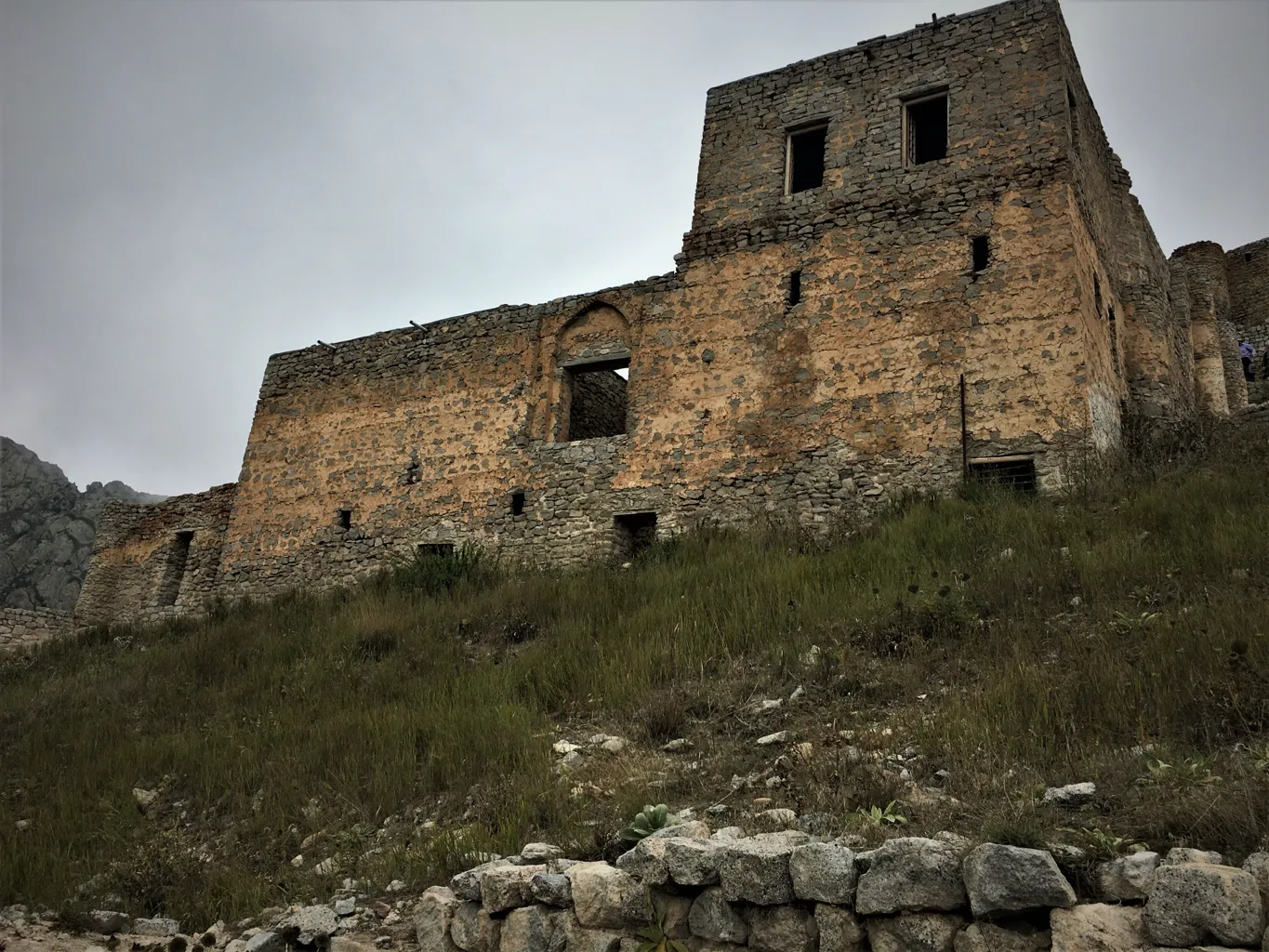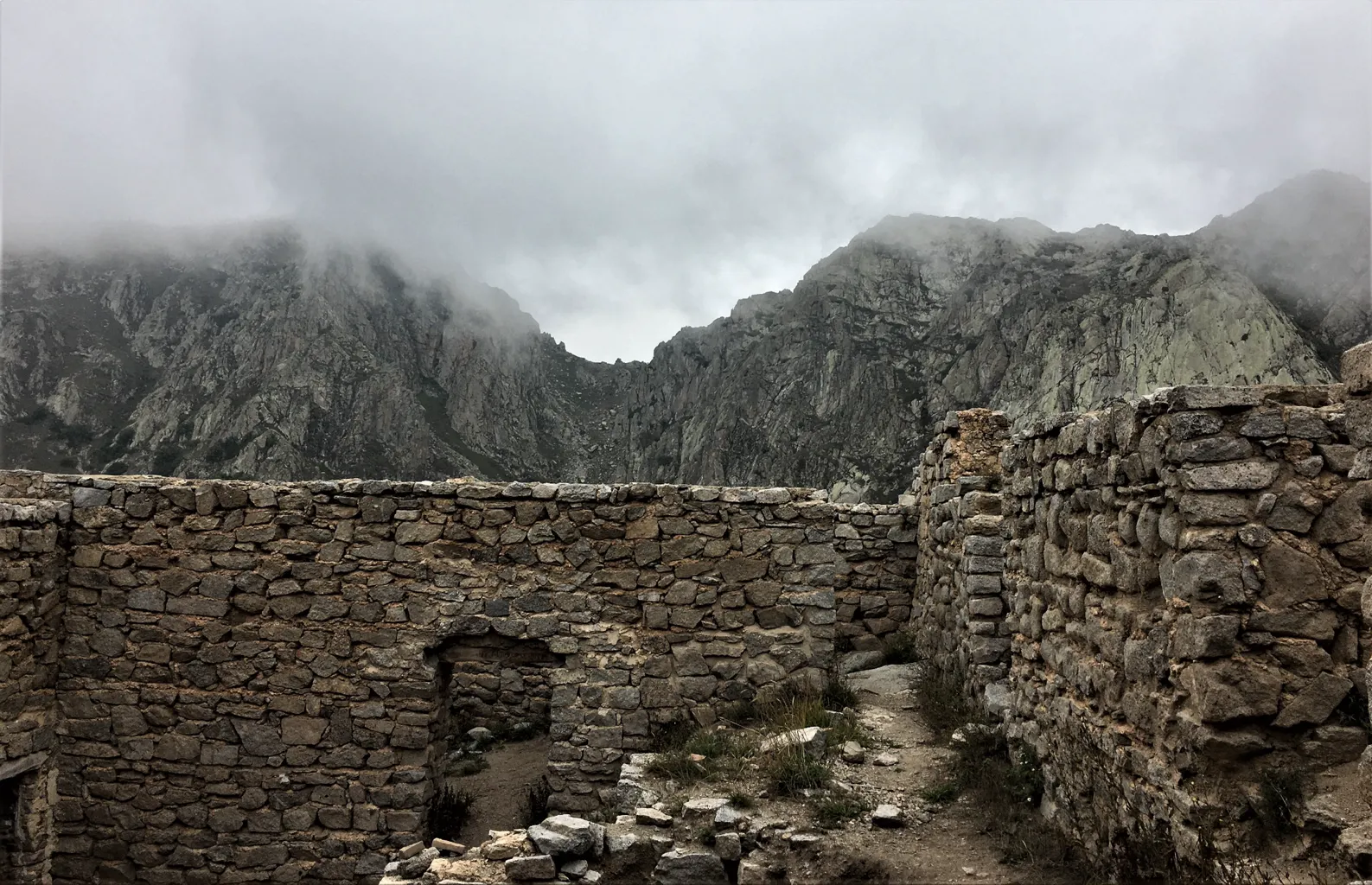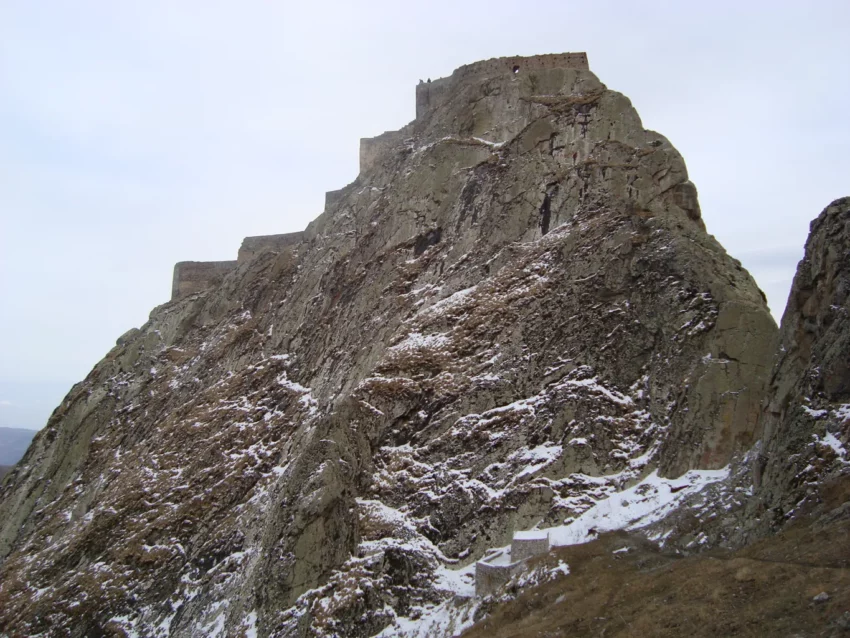Exploring the Majestic Pāpak Fort: A Journey Through History
Perched high in the Arasbaran forests of northwestern Iran, Pāpak Fort, also known as Babak Castle or “Ghal’eh-e Baz,” stands as a sentinel of time. This grand citadel, located 50 kilometers from Ahar and 6 kilometers southwest of Kalibar City, offers breathtaking views and whispers of a rich past.
Get your dose of History via Email
A Journey to the Peak: Reaching Pāpak Fort
Reaching the castle requires a trek through the rugged beauty of the Arasbaran oak forest. The fort itself sits at an elevation ranging from approximately 2,300 to 2,600 meters (subject to further confirmation for a more precise measurement). Jagged cliffs and distant mountains frame the landscape, while the final approach to the main castle involves navigating a narrow passageway and a 200-meter corridor-shaped temple. This strategic design highlights the fortress’s nearly impregnable location.

A Legacy of Resistance: Pāpak Fort’s Historical Significance
Pāpak Fort’s origins are believed to date back to the Parthian dynasty, with later modifications under the Sasanian dynasty. However, its most prominent role emerged during the early 9th century when it became a stronghold for Javidhan and Babak Khorramdin, leaders of the Khurramites who fiercely resisted the Abbasid Caliphate.
The Rise of the Khurramites: A Challenge to the Caliphate
The story of Pāpak Fort is intricately linked to the Khurramite movement in Azerbaijan, a period marked by significant conflict and ideological turmoil. Javidhan, a landlord and leader of the movement, established his headquarters in Badd, a strategic location near the Aras River. Following a victory over his rival Abu Imran in 816, Javidhan was fatally wounded. His mantle was taken up by his apprentice, Babak Khorramdin, who according to some accounts, married Javidhan’s widow.

Babak’s Rebellion: A Fight for Freedom
Around 816-817, Babak Khorramdin ignited a rebellion against the Abbasid Caliphate. Despite facing numerous battles, Babak’s forces achieved several victories against the Arab generals, solidifying his influence across what is now modern-day Azerbaijan. His stronghold in Badd and the strategically positioned Pāpak Fort played a crucial role in this resistance.
The Fall of the Khurramites: A Legacy Endures
The final confrontation between the Khurramites and the Abbasid caliphate occurred at the Badd fortress in 837. Led by Afshin, the Abbasid forces, bolstered by additional troops from the Caliphate, managed to breach Badd’s defenses using siege machinery and devastating naphtha-throwers. While Babak initially escaped, he was eventually captured and executed, marking the end of the organized Khurramite resistance.

Pāpak Fort Today: A Window into the Past
Today, the remnants of the fortress, known as Qaḷʿa-ye Jomhūr, stand as a testament to a bygone era. Located near the Qarasū River, the site encompasses a castle and a palace atop the mountain. Excavations have unearthed valuable artifacts, including coins and pottery from the 13th century. Even more intriguing are the carved and glazed pieces dating back to the 7th century, offering a glimpse into the artistic expressions of a much earlier time.
Conclusion: A Symbol of Resilience
Pāpak Fort, with its awe-inspiring location and rich history, continues to enthrall visitors and historians alike. The fortress stands not only as a remarkable feat of ancient engineering but also as a powerful symbol of resistance and resilience in Iranian history. Exploring this site offers a unique opportunity to step back in time, where legends of bravery and strategic brilliance come alive amidst the breathtaking beauty of the Arasbaran forests.
Sources:


